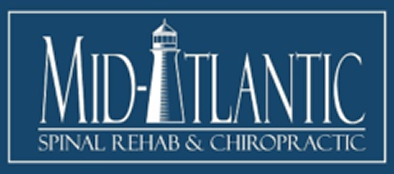Welcome To Our BLOG.
Cervicogenic Headaches and Neck Pain
Cervicogenic Headaches and Neck Pain Patients with headaches also commonly complain of neck pain. This…
Read MoreHow Important is a Good History and Physical Examination?
How Important is a Good History and Physical Examination? If you are reading the title…
Read MoreCervical Radiculopathy following Baltimore Auto Accidents
Cervical Radiculopathy following Baltimore Auto Accidents In many of my past blog posts I have…
Read MoreViscoelasticity- A Special Property of Human Tissues
Viscoelasticity- A Special Property of Human Tissues Human soft tissue, whether it be muscle, skin,…
Read MoreNo Correlation between Property Damage and Bodily Injury
No Correlation Between Property Damage and Bodily Injury As a Baltimore Chiropractor that routinely treats…
Read MoreBaltimore Whiplash and S-Shaped Cervical Curves
Baltimore Whiplash and S-Shaped Cervical Curves The normal anatomy of the neck (cervical spine) is…
Read MoreAdverse Drug Reactions
Adverse Drug Reactions As a Baltimore Chiropractor that often treats patients involved in Baltimore auto…
Read MoreWhiplash and Chiari Malformations (Brain Injury)
Whiplash and Chiari Malformations (Brain Injury) A study in the July 2010 Issue of "Brain…
Read MoreBrain Injuries (MTBIs)
Brain Injuries (MTBIs) Brain injuries (some of which are mild traumatic brain injuries or MTBIs)…
Read MoreCar Accidents and Pre-Existing Conditions
Car Accidents and Pre-Existing Conditions A segment of my practice deals with treating acutely injury…
Read MoreLow Back Pain: Why Is It So Common?
Low Back Pain: Why Is It So Common? This question has plagued all of us,…
Read MoreBullet vs. Target Vehicles in Auto Accidents
Bullet vs. Target Vehicles in Auto Accidents I've spoken to many friends and family members…
Read More